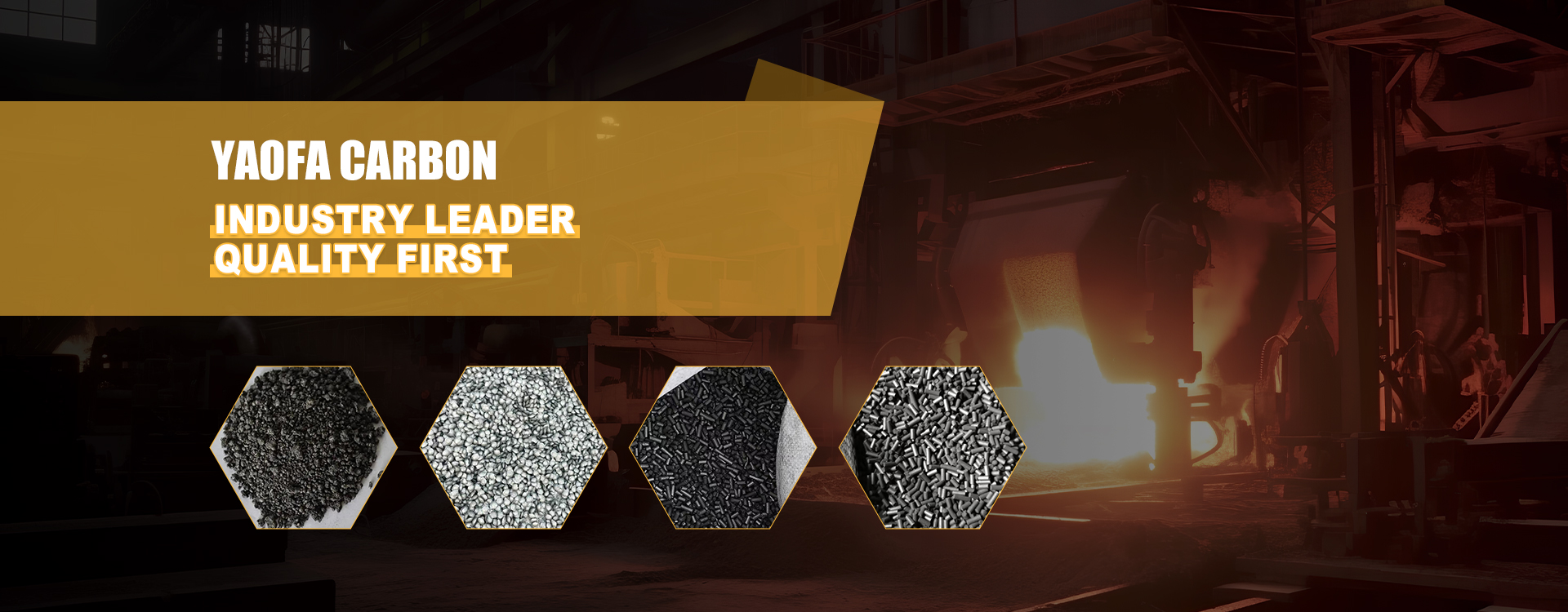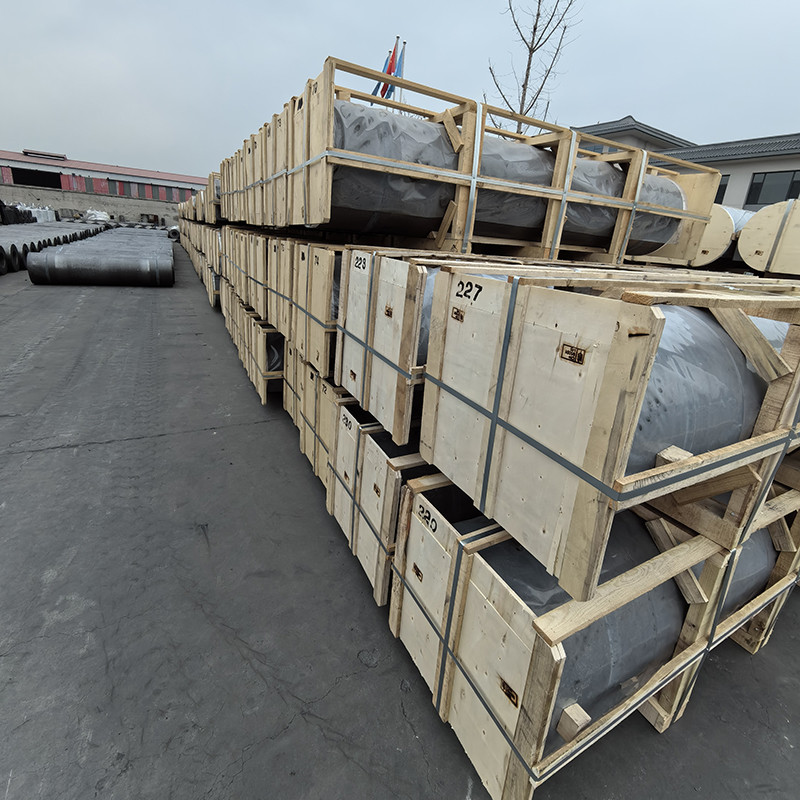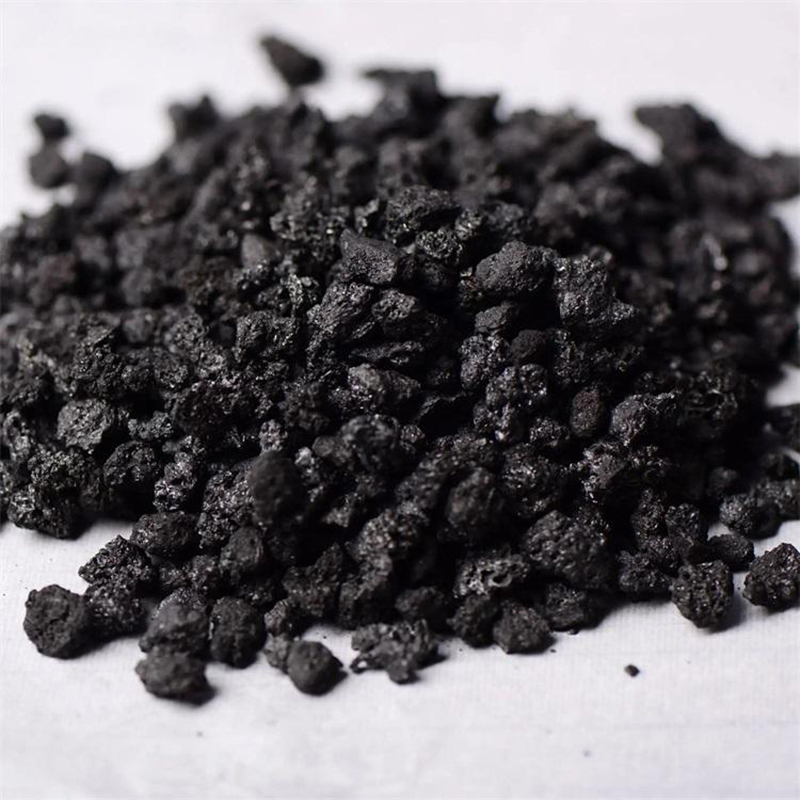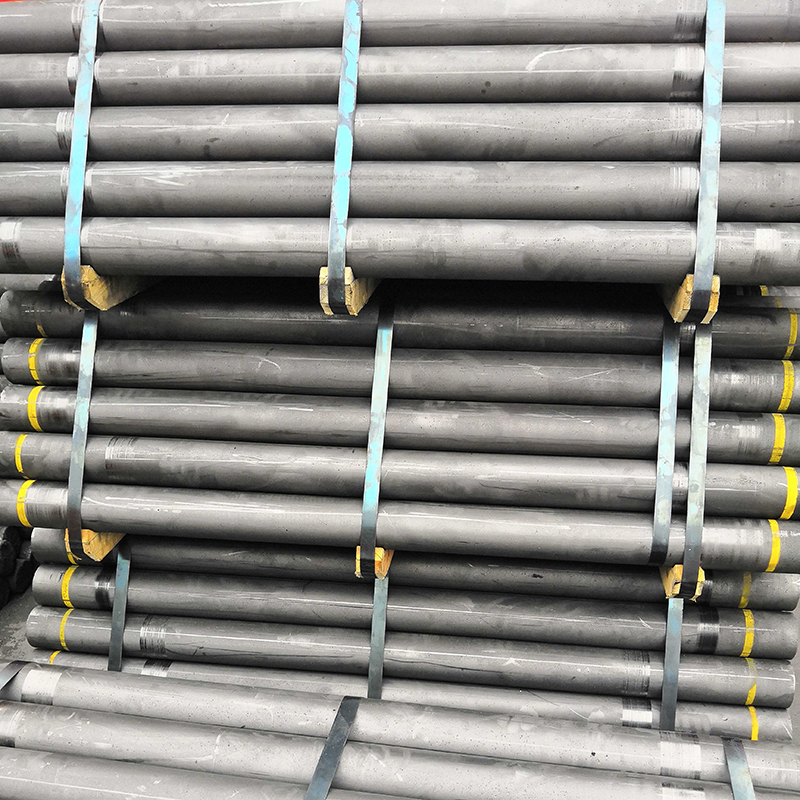- Chinese
- French
- German
- Portuguese
- Spanish
- Russian
- Japanese
- Korean
- Arabic
- Irish
- Greek
- Turkish
- Italian
- Danish
- Romanian
- Indonesian
- Czech
- Afrikaans
- Swedish
- Polish
- Basque
- Catalan
- Esperanto
- Hindi
- Lao
- Albanian
- Amharic
- Armenian
- Azerbaijani
- Belarusian
- Bengali
- Bosnian
- Bulgarian
- Cebuano
- Chichewa
- Corsican
- Croatian
- Dutch
- Estonian
- Filipino
- Finnish
- Frisian
- Galician
- Georgian
- Gujarati
- Haitian
- Hausa
- Hawaiian
- Hebrew
- Hmong
- Hungarian
- Icelandic
- Igbo
- Javanese
- Kannada
- Kazakh
- Khmer
- Kurdish
- Kyrgyz
- Latin
- Latvian
- Lithuanian
- Luxembou..
- Macedonian
- Malagasy
- Malay
- Malayalam
- Maltese
- Maori
- Marathi
- Mongolian
- Burmese
- Nepali
- Norwegian
- Pashto
- Persian
- Punjabi
- Serbian
- Sesotho
- Sinhala
- Slovak
- Slovenian
- Somali
- Samoan
- Scots Gaelic
- Shona
- Sindhi
- Sundanese
- Swahili
- Tajik
- Tamil
- Telugu
- Thai
- Ukrainian
- Urdu
- Uzbek
- Vietnamese
- Welsh
- Xhosa
- Yiddish
- Yoruba
- Zulu
- Kinyarwanda
- Tatar
- Oriya
- Turkmen
- Uyghur

melting graphite crucible
The Art of Melting Graphite Crucible: Insights and Experiences
Melting graphite crucibles are intriguing tools crucial for high-temperature metalwork. Despite their robust nature, there's often a lot to consider in their application to avoid mishaps. Here, I dive deep into the nuances, drawing from personal ventures and insights you often won't find in manuals or polished articles.
Understanding the Material
When dealing with a melting graphite crucible, the first thing to grasp is its composition. Graphite crucibles are favored for their ability to withstand incredibly high temperatures while also providing excellent thermal conductivity. I've seen many underestimate this dual quality, assuming it's just about heat resistance. But when you get into the actual work, especially when melting metals like gold or silver, the rate of heat transfer can make or break your process.
One common mistake is going all in without preheating the crucible. You should gradually heat it to avoid thermal shock, something I learned the hard way. Several of my early trials resulted in fractures because I rushed it. Positively, this taught me the value of patience in achieving successful melts.
Choosing the right crucible size based on your material volume and furnace capability is another often overlooked aspect. A piece of advice: always go a size up from what's 'just enough'. It helps in managing spills and thermal expansion better.
Common Pitfalls and Misjudgments
Why do some people struggle despite using top-notch equipment? I've seen countless workshops misuse their graphite crucibles by ignoring ambient conditions. Humidity, for example, can make a massive difference in how the crucible performs. A dry, controlled environment is not just preferable—it's essential.
On one occasion, I overlooked this factor, operating in a poorly ventilated space. The moisture affected the crucible's durability and longevity. Since then, ensuring proper storage and environmental control has become non-negotiable in my workflow.
Another easy-to-miss detail is the type of metal interaction. Pairing specific metals with graphite can lead to unwanted reactions. Aluminum, for instance, can lead to aluminum carbide formation, causing structural integrity loss over time.
Efficiency Tips for Better Melts
Maximizing your melting graphite crucible involves more than just the right equipment; it's about refining your technique. Temperature monitoring using appropriate pyrometers is critical. I rarely rely on estimates now—the accuracy in reading can alter not just output quality but also operational safety.
Furthermore, timing is everything. Keeping a keen eye on melting points and adjusting for different phases of metal liquefaction can drastically improve results. It's akin to cooking—I tend to think of it as a recipe where each step is crucial for the perfect 'dish'.
And always inspect your crucibles between uses for wear and tear. This simple habit extends their life significantly. A small abrasion can escalate into a full-blown fracture if ignored.
Realistic Expectations and Outcome Management
Working with graphite crucibles does not promise perfection each time—imperfections are a part of the process. Even after years in the field, there are still those unpredictable days. Engaging with peers and forums for shared learning has been invaluable. There are subtle tricks and hacks colleagues or collaborators might share that can make all the difference in the world.
Hebei Yaofa Carbon Co., Ltd., for instance, provides expert consultation alongside their product range, which can be incredibly beneficial. Their extensive experience with carbon materials can be a real asset for both veterans and beginners alike.
Success in this field hinges on balancing knowledge, technique, and product quality. Hebei Yaofa Carbon Co., Ltd., accessible via their website at Yaofa Carbon, offers products that cater to these needs, providing stability and reliability in your processes.
Reflecting on Continuous Improvement
Every interaction with a melting graphite crucible should be viewed as an opportunity for refinement. The art of melting is as much about evolving one's method as it is about the melt itself. I urge any practitioner to maintain a notebook of trials, errors, and innovations. This habit has proven time and again to propel one's craft forward.
Engagement in communities and consistent product evaluation are key components of growth. A company like Hebei Yaofa Carbon Co., Ltd. not only supplies materials but also serves as a hub of knowledge exchange. Tapping into such resources can bridge gaps in understanding and elevate your mastery over time.
The journey of working with graphite crucibles is deeply rewarding when approached with curiosity and care. Keep experimenting, stay informed, and let each success or setback refine your skills further.
Related products
Related products
Best selling products
Best selling productsRelated search
Related search- 2kg graphite crucible factory
- benq digital signage
- bus stop design guide
- Buy tempering a graphite crucible
- Buy edm graphite electrodes suppliers
- casting clay graphite supplier
- Graphitized recarburizer factory
- graphite felt
- rp graphite electrode for welding cast steel for arc furnaces
- graphite crucible ebay supplier













